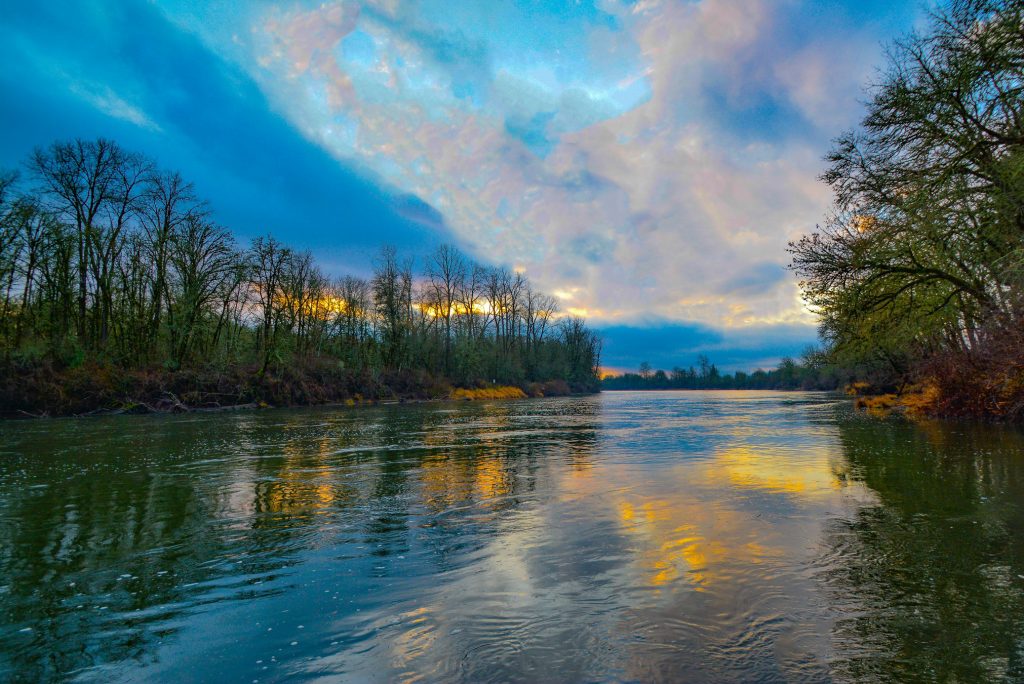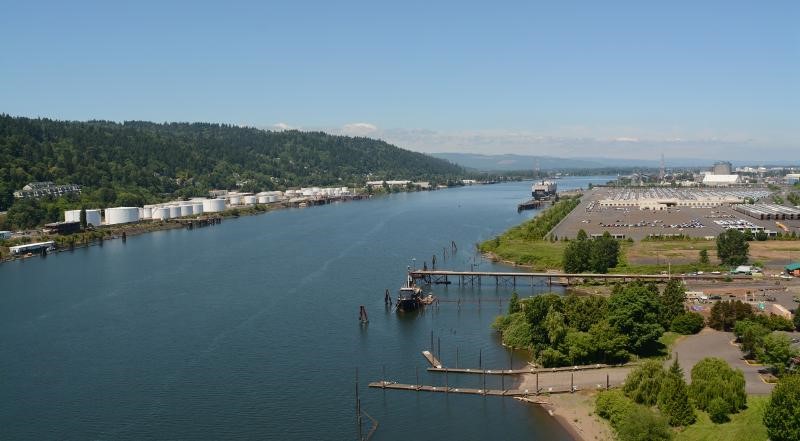Willamette River

The Willamette River, a sinuous ribbon weaving through the heart of Oregon, is not merely a waterway. It is a living testament to the cultural richness of the region, reflecting the intertwined stories of indigenous peoples, pioneers, and modern communities. In this exploration, we delve into why the Willamette River holds a profound cultural importance that transcends its natural beauty.
Introduction
The Willamette River, with its gentle curves and reflective currents, has been a silent witness to the ebb and flow of human history in the Pacific Northwest. It’s an important Columbia River tributary. Beyond its ecological significance, the river is a cultural anchor, connecting generations and communities through a tapestry of stories, traditions, and shared experiences.
Indigenous Stewardship: Ancestral Ties to the River
Kalapuya and Chinook Nations
For the indigenous Kalapuya and Chinook nations, the Willamette River was not merely a geographical feature but a lifeline woven into the fabric of daily existence. These native peoples built their communities along the riverbanks, relying on its abundant resources for sustenance and spiritual connection.
Seasonal Practices and Ceremonies
The cyclical nature of the river’s flow influenced indigenous practices and ceremonies. Seasonal gatherings, fishing expeditions, and communal rituals became intertwined with the rhythm of the Willamette, creating a cultural landscape that harmonized with the natural world.
Lewis and Clark Expedition: Pioneering Exploration
Arrival at the Confluence
In 1805, the Lewis and Clark Expedition reached the confluence of the Willamette and Columbia Rivers, marking a pivotal moment in the exploration of the American West. The journals of Lewis and Clark provide a historical record of the diverse ecosystems and native cultures they encountered along the Willamette River.
Pioneer Settlements and Trade
The arrival of pioneers in the mid-19th century brought a wave of settlement along the Willamette River. Towns such as Portland emerged as trading hubs, connecting the river’s resources to the burgeoning economy of the region. The river became a conduit for commerce and cultural exchange.
Economic Growth and Industry
River as a Transportation Corridor

The Willamette River played a crucial role in the economic growth of Oregon during the 19th and early 20th centuries. Riverboats navigated its waters, transporting goods and people between communities. The river’s role as a transportation corridor fostered economic ties and cultural interactions.
Flour Mills and Logging
As industry flourished along the Willamette, flour mills and logging operations sprang up along its banks. The sound of sawmills and the sight of timber rafts became integral parts of the river’s cultural landscape, symbolizing a period of rapid economic development.
Urban Development and Recreational Culture
Parks and Riverfronts
In the 20th century, urban development along the Willamette took on a new dimension. Parks and riverfront areas became spaces for recreation, fostering a sense of community and cultural identity. Tom McCall Waterfront Park in Portland stands as a testament to this transformation.
Rowing and Water Sports
The cultural importance of the Willamette River expanded to include recreational activities. Rowing clubs and water sports enthusiasts embraced the river’s tranquil stretches, giving rise to a vibrant subculture that celebrates both athleticism and the natural beauty of the waterway.
Environmental Advocacy and Conservation
Greenway Initiatives
As awareness of environmental issues grew, so did efforts to preserve and protect the Willamette. Greenway initiatives sought to balance urban development with ecological conservation, ensuring that the cultural importance of the river would endure for future generations.
Community-Led Cleanup Projects
Community-led cleanup projects emerged, reflecting a collective commitment to restoring and maintaining the health of the Willamette. These initiatives not only addressed environmental concerns but also fostered a sense of shared responsibility and cultural stewardship.
Contemporary Indigenous Voices
Cultural Revitalization
Contemporary indigenous communities, including the Confederated Tribes of Grand Ronde and others, actively engage in cultural revitalization efforts. Language preservation, traditional ecological knowledge, and storytelling contribute to a renewed connection between native communities and the Willamette.
Sovereignty and Environmental Advocacy
Issues of river health, water rights, and environmental justice have become focal points for indigenous advocacy. The Willamette serves as a backdrop for discussions on sovereignty and the broader intersection of culture, ecology, and community well-being.
Conclusion
The Willamette River, flowing through time and culture, is a living testament to the intricate interplay between nature and humanity. Its cultural importance is not confined to the pages of history but is woven into the daily lives, traditions, and aspirations of the people who call its banks home.
Know More about Willamette River.
What are The Religious Places of Willamette River?
When Did The Willamette River Basin Become a Focus?
Where is The Willamette River Located?
Who Were The Key Historical Figures and Civilizations of The Willamette River?
How to Reach Willamette River?




